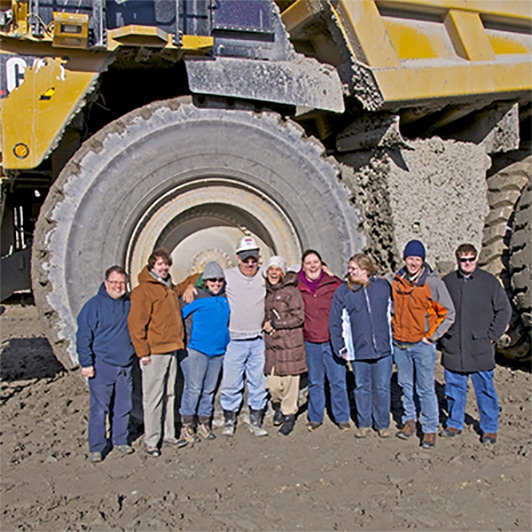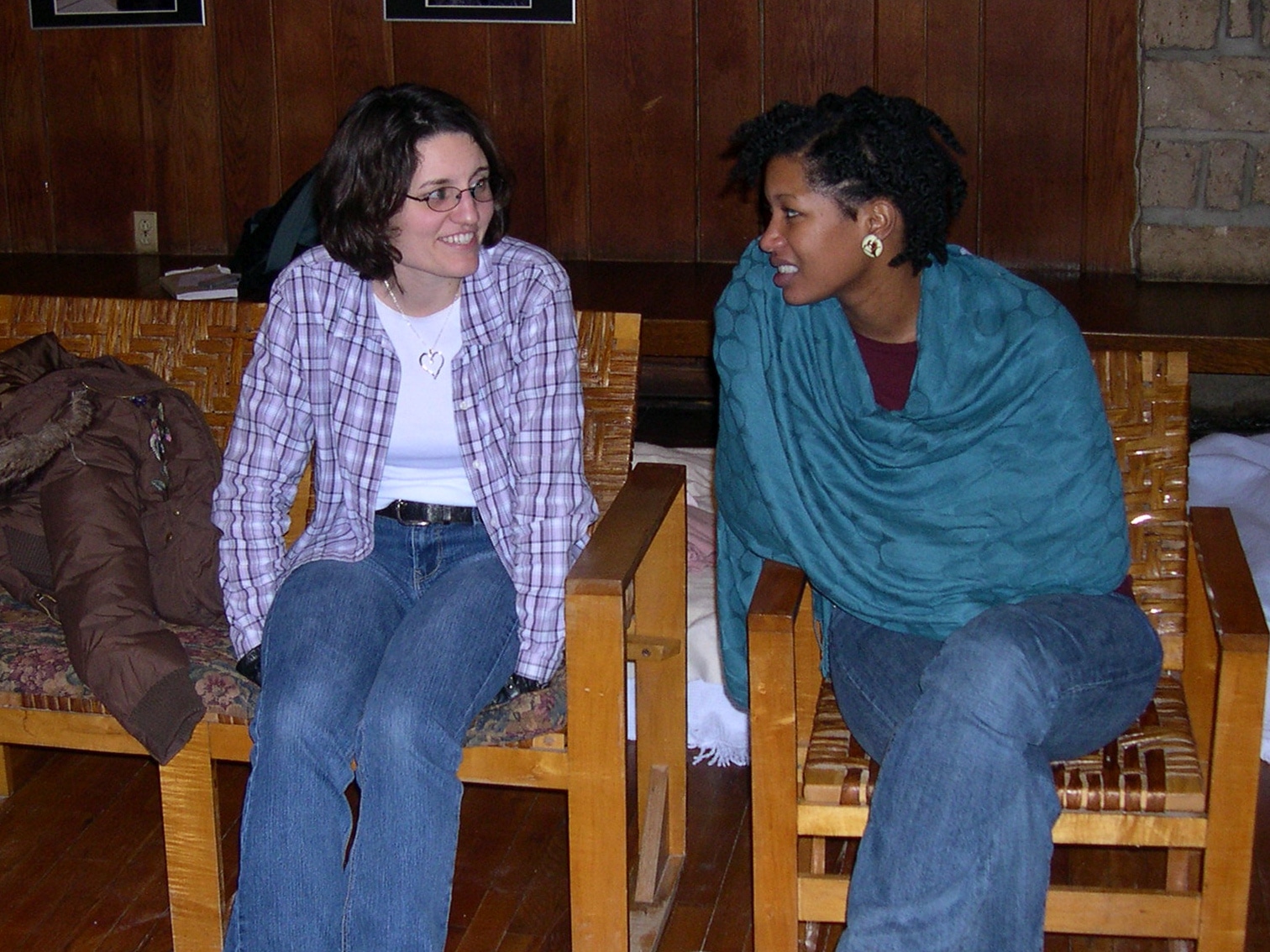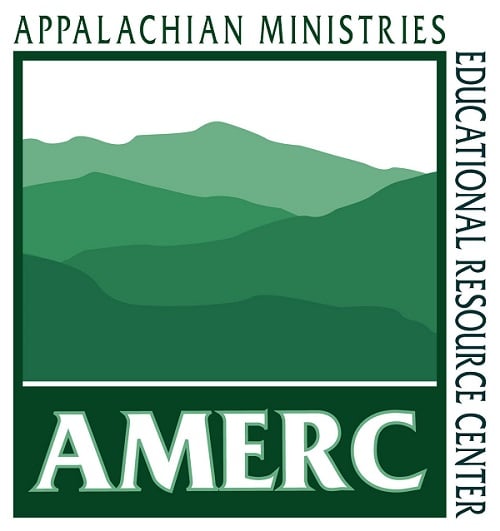ABOUT
At AMERC We Believe That Mountains Matter
At AMERC we invite people of distinct voices, traditions and experiences to discover community and find empowerment to create hope-filled future stories. Mountains have birthed the culture of countless people and civilizations. They are a significant part of the faith narratives of Judaism, Christianity, Islam, Dharmic religions, and other polytheistic and pantheistic religions. Mountains awaken the sense of the resplendent, the awful, and the mysterious in people and cultures. Mountains inspire and shape our music, stories, myths, building materials, architectural styles, clothing, crafts, cuisine, mores, and traditions. Mountains matter because they give expression to our world building activities. One of our favorite resources on Appalachia is, At Home in the Web of Life, A Pastoral Message on Sustainable Communities in Appalachia, 1995. The document introduces biodiversity noting: “Here flourishes one of the richest biosystems in the world. To live in these mountains and forests, and with their trees and plants and animals, is truly to dwell in Earth’s community of life, as one of God’s awesome cathedrals.” Mountains matter because they are home to a diversity of life. Mountain forests are the most biodiverse ecosystems on earth and the Appalachian Mountains are among the richest ecosystems in North America.
At AMERC we invite people of distinct voices, traditions and experiences to discover communityand find empowerment to create hope-filled future stories. Mountains have birthed the culture of countless people and civilizations. They are a significant part of the faith narratives of Judaism, Christianity, Islam, Dharmic religions, and other polytheistic and pantheistic religions. Mountains awaken the sense of the resplendent, the awful, and the mysterious in people and cultures. Mountains inspire and shape our music, stories, myths, building materials, architectural styles, clothing, crafts, cuisine, mores, and traditions. Mountains matter because they give expression to our world building activities. One of our favorite resources on Appalachia is, At Home in the Web of Life, A Pastoral Message on Sustainable Communities in Appalachia, 1995. The document introduces biodiversity noting: “Here flourishes one of the richest biosystems in the world. To live in these mountains and forests, and with their trees and plants and animals, is truly to dwell in Earth’s community of life, as one of God’s awesome cathedrals.” Mountains matter because they are home to a diversity of life. Mountain forests are the most biodiverse ecosystems on earth and the Appalachian Mountains are among the richest ecosystems in North America.




Our Home Is In The Mountains
 The Appalachian Mountains form the backbone of the Eastern United States. The 205,000 square-mile region runs from Southern New York to Northern Georgia and embraces one of the most diverse and complex ecosystems in the hemisphere. It is no wonder that the first Americans considered the protective mountain hollers to be a gift from the Creator. Walking the trails of the Allegheny Mountains, Blue Ridge Mountains, Cumberland Plateau, and the Great Smoky Mountains, I followed in the steps of the Iroquois, Powhatan, Shawnee, Cherokee, and Chickasaw peoples.
The Appalachian Mountains form the backbone of the Eastern United States. The 205,000 square-mile region runs from Southern New York to Northern Georgia and embraces one of the most diverse and complex ecosystems in the hemisphere. It is no wonder that the first Americans considered the protective mountain hollers to be a gift from the Creator. Walking the trails of the Allegheny Mountains, Blue Ridge Mountains, Cumberland Plateau, and the Great Smoky Mountains, I followed in the steps of the Iroquois, Powhatan, Shawnee, Cherokee, and Chickasaw peoples.
Last year, photographing parts of the Great Smoky Mountains, I remembered the Cherokee women and men I met when attending the seminar, “Walking Our Spiritual Paths: An Introduction to the Spirituality of the Cherokee People.” I recalled the ancient Cherokee creation stories told by Freeman Owle and the small stone necklace he gave to my son. The seminar, now in its fifteenth year, is taught by the Catholic Committee of Appalachia and funded by AMERC.
Last week, Maria and I walked to the City County building to stand as allies. As we chanted, “Black Lives Matter,” it evoked the memory of a rainy evening when Lexington Theological Seminary students and I were invited to a picnic celebrating the rich history of the African American community in Hazard, Kentucky. Following a wonderful meal--and a significant rain storm--a hush came around the tables as Appalachian poet Emily Jones Hudson read:
I am as a tree
Planted beside mountain waters,
With roots thick and taunt
Roots grounded in rich soil
Plowed by forefathers
Who held sacred the magic of the mountains.
I am as a tree
Planted beside mountain waters,
With roots strong and stretching
Roots that reach across the oceans
To embrace the underbrush
And grow tall and stately
As the kings and queens our ancestors were
Before they were stolen away from the motherland.
I stand
As a tree
Planted beside the waters. (1)
 The history of Appalachia is often limited to the stories of white settlers’ place-making in the mountains. As a result, many people have come to believe that Appalachia is home to an analogous white population. Missing from our history books are the names of the first Americans who were forced from their mountain land. Missing from our memories are the stories of the African women and men who were “stolen away from the motherland” that settlers might build the famed Kanawha (West Virginia) salt industry on the backs of slaves.
The history of Appalachia is often limited to the stories of white settlers’ place-making in the mountains. As a result, many people have come to believe that Appalachia is home to an analogous white population. Missing from our history books are the names of the first Americans who were forced from their mountain land. Missing from our memories are the stories of the African women and men who were “stolen away from the motherland” that settlers might build the famed Kanawha (West Virginia) salt industry on the backs of slaves.
As Appalachian scholar Danielle Dulken writes, “To indulge in an illusion of a homogeneous white geography has harmful consequences. Namely, it erases the histories of Native and Black and Brown people who live in the mountains of Western North Carolina and beyond.” (2) Dulken’s statement rings with truth. People of color have had a profound impact on the economy and social landscape of Appalachia. Tragically, their stories are seldom told.
AMERC’s founder, the Reverend Dr. Mary Lee Daugherty, was born in Bluefield, West Virginia in the heart of the coal fields. Mary Lee founded AMERC in 1985 to awaken church leaders to the rich culture of the people they are called to serve. As the Directors of AMERC, we must remember that while Mary Lee’s pedagogy and vision were pioneering, she nevertheless worked within the constraints of the mainline church of the 1980s. AMERC’s initial Board were all white. Additionally, in spite of the fact Mary Lee was an early advocate of feministic theology and one of the first women to be ordained by the West Virginia Presbytery, AMERC’s initial Board consisted of 20 men and only 3 women. Likewise, while Mary Lee honored the faith and theology of independent mountain congregations, AMERC’s initial Board limited the participation of individuals from indigenous Pentecostal and Baptist communities.
I acknowledge AMERC has sometimes continued to underrepresent the rich diversity of the region. Seldom do our classes explore how slave labor-built Appalachian’s iron works, salt industry, or southern farm economy. We often glance over the violence and oppression of the Jim Crow era in Appalachian context or the racist overtones that helped drive outward migrations. In as much as our classes have been largely limited to central Appalachia, we have also ignored migrant agricultural workers from Mexico, Central America, and Southeast Asia.
 While I understand that AMERC entrusts the contents of classes to members, we can nevertheless urge our members to tell the whole Appalachian story and so deconstruct the invention of white Appalachia.
While I understand that AMERC entrusts the contents of classes to members, we can nevertheless urge our members to tell the whole Appalachian story and so deconstruct the invention of white Appalachia.
Of course, I celebrate the ways AMERC has been faithful to our vision. We have made significant progress in recruiting Black and Asian students to attend immersions. (Drew and Wesley have been particularly successful). We have also continued to build relationships with Appalachian LGBTQ+ community members. I would lift up our work to immerse our students in the culture of first American nations. Our relationship with the Old Regular Baptists has been of great value to consortium students. That said, we have much work to do as we focus on ways that AMERC can continue our journey as an anti-racist and welcoming foundation and resource center. (3)
When the shouts of “Black Lives Matter” were heard in London, Morehead, Harlan, and Whitesburg, Kentucky several weeks ago, a new generation of Appalachian leaders took to the streets. Citizen resistance to human exploitation through protest and civil disobedience has a long history in Appalachia. (4) With the shouts of “Black Lives Matter,” Appalachian children are following in the footsteps of their grandparents. The year was 1931 when miners and their families went to the streets in a struggle for fair wages, decent housing, and equal treatment at the hands of the local sheriff and security guards. “Which side are you on?” became the rallying cry (5) —a question now being ask each of us these hot summer days.
- Emily Jones Hudson, Soul Miner (Xulon Press, 2017), 6.
- Danielle Dulken, “A Black kingdom in postbellum Appalachia,” Scalawag (9 September 2019).
- The COVID-19 virus has reminded us of the disparity regarding health care in our nation and Appalachia. The Coronavirus also has significant implications regarding immersions and contextual learning.
E.g., the Battle of Blair Mountain in Logan County, West Virginia, was the largest labor uprising in U.S. history. In the fall of 1921, over 9,000 miners confronted 3,000 police, sheriff’s deputies, private detectives and strikebreakers. See, Stephen Fisher, Fighting Back in Appalachia (Temple University Press, 1993) and James Green, The Devil Is Here in These Hills: West Virginia’s Coal Miners and Their Battle for Freedom (Grove Press, 2016).
"Which Side Are You On?" is a song written in 1931 by activist Florence Reece, an organizer for the United Mine Workers in Harlan County, Kentucky.
Our Mission
 The mission of AMERC is to promote contextual education for theological students, faculties, and leaders. Working primarily through an ecumenical consortium, AMERC supports experiential learning about the theological, social, economic and environmental aspects of Appalachia culture.
The mission of AMERC is to promote contextual education for theological students, faculties, and leaders. Working primarily through an ecumenical consortium, AMERC supports experiential learning about the theological, social, economic and environmental aspects of Appalachia culture.
Our students are able to listen to the voices of the mountain people. We become immersed in mountain geography and culture. We experience how the people from the hills respond to the unique challenges and opportunities before them. We learn how the marginalization of mountain regions is part of the systemic violence that can be traced back to colonialism. At AMERC we believe the voices of the world’s mountain residents have often been marginalized, demeaned, and excluded. Nevertheless, as Ann Kingsolver explains, “living on the edge of society has given mountain communities a viewpoint that allows them to look beyond the worn-out binary paradigms and benchmarks that belong to the dominant voices of nationalism and culture” (Kingsolver, et al. Global Mountain Regions: Conversations toward the Future. Indiana Univ. Press, 2018, pp. 4-5).
The Rural Church Network of the United States and Canada is an organization of church leaders, educators, and other persons interested in supporting rural churches, those who serve them, and the rural areas in which they are found. It seeks to demonstrate this support through:
- Highlighting existing rural ministry resources on its web site
- Analyzing the gaps in existing resources
- Developing new resources for rural ministry, especially resources that can be posted on the RCN web site and therefore downloaded quickly and inexpensively
- Providing linkage through its web site to other groups that seek to enhance rural ministry and life in rural communities
- Enhancing awareness of the opportunities, needs, and challenges found in town and rural congregations and communities
Our History
Appalachian Ministries Educational Resource Center (AMERC) was founded in 1985 by Dr. Mary Lee Daugherty. Mary Lee was born in Bluefield, West Virginia. A mining accident left her paternal grandfather disabled. Following college, Mary Lee traveled to Brazil as a Presbyterian educational worker. Upon her return to the Appalachian region, she explored her own heritage from a feminist perspective. In time she imagined a graduate center devoted to contextual education among the people of Appalachia. The vision for AMERC had taken seed. Never before had 30 seminaries and 17 denominations come together to forage an educational center. AMERC conducted courses out of its campus in Berea, Kentucky. Courses are now taught by consortium member schools who receive grants from AMERC. Seminars sponsored by AMERC have focused on small church, the social context of Appalachia, the Eighth Century Prophets in Appalachian Context, Narrative Pastoral Care, Appalachian Literature, and Preaching in the Purple Zone. Students in AMERC courses have represented 88 seminaries. Our students have come from 22 different countries and have included the faith communities of Judaism, Islam, Buddhism, and Shintoism. Over 3,000 students have taken part in contextual/immersion courses funded and resourced through AMERC. The ecumenical emphasis of AMERC continues to be critical.




Mailing List
Sign up to our mailing list for news and updates.

